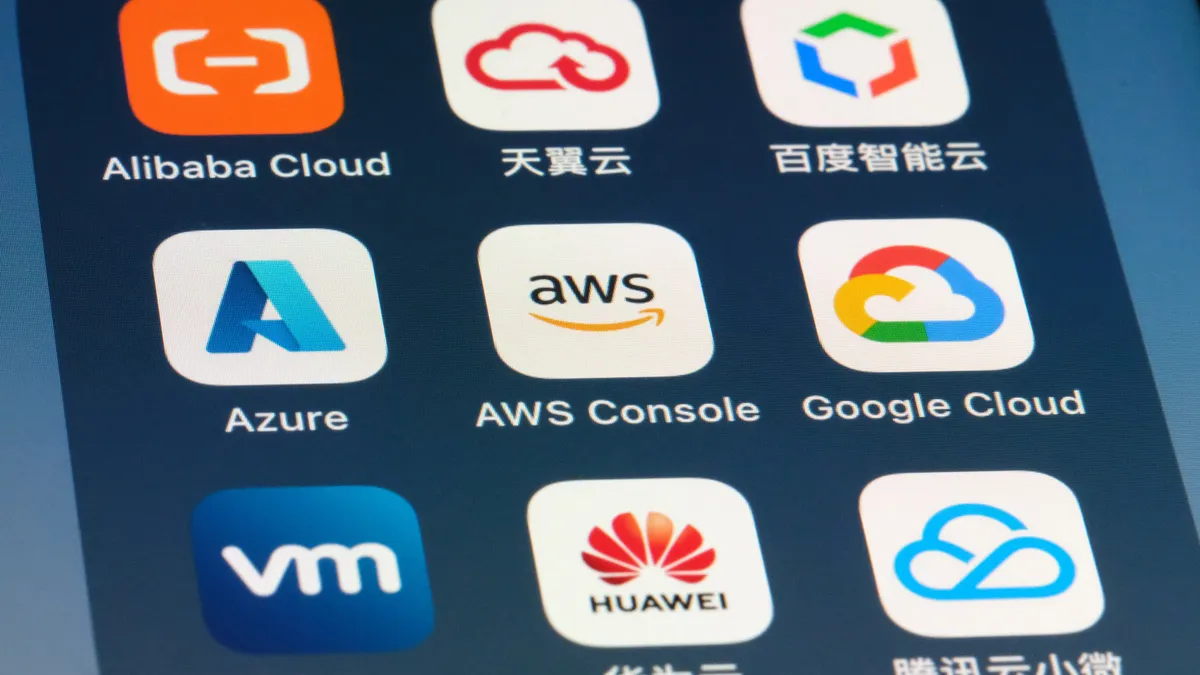When internet users log onto a whole host of different services today, they are often given an option to sign on with Facebook. It’s perhaps one of the best examples of a successful API, or application program interface.
APIs specify how software components interact through routines and protocols, the building blocks of a program. They are an increasingly vital part of how business gets done today. And with the growing demand for digital interactions, the market is expanding. Companies are expected to spend $3 billion on API management by 2020, according to Forrester.
"APIs are changing the game as far as consumer experience goes and are a key integral part of creating customer engagement today," said Hamesh Chawla, vice president of engineering at Zephyr. "This resource is still not being utilized with full potential and enterprises need to pay close attention to it. From a CIO’s strategy point of view, API-driven culture needs to be ingrained in software development practices which will in turn lead to a data-driven thinking of enhancing the customer experience."
A flood of recent acquisitions is further evidence that APIs will change the ways in which companies interact with customers. In August, Amazon Web Services announced it is adding an option to its API Gateway service that will give developers more control over APIs and help them develop server-less apps.
Then in September, Google bought API management company Apigee for $625 million. Apigee went public last year and touts big-name customers like Walgreens, AT&T, Burberry and Live Nation. Diane Greene, senior vice president of Google’s cloud businesses, referred to APIs as "the hubs through which companies, partners and customers interact."
Experts say that companies will be more competitive in the market if they can ensure a fluid digital experience for their customers, and APIs are a key way to do so.
A new partner in business development
Some experts say APIs are the new way to conduct business development. For example, instead of spending time in exploratory meetings with companies that may not deliver useful partnership opportunities, a company can instead invest in a strong API for their service and let developers build on it. Rather than grow solutions internally, companies can acquire the capabilities they want from smaller organizations via APIs.
"This way you can identify the most promising applications and reach out to the developers directly about partnership," said Harj Taggar, CEO of Triplebyte. "It’s like Kickstarter for business development – you only talk about partnerships once you already know there’s customer demand for it."
That’s important, because the applications that developers build on top of APIs are changing customer engagement.
"Digital transformation is all about leveraging all of the data within an organization and creating a richer, broader experience with the organization’s customer base. This isn’t possible without the benefit of APIs."

Jackson Shaw
Senior director of product management at One Identity
"It's like having a distributed team of engineers working to improve your customer experience in ways you wouldn't be able to think up internally," said Taggar. "It also gives your internal engineering team the right kind of pressure to be innovating and creating better customer experiences themselves."
Being open and using APIs means that a company can build additional value on top of their solutions themselves rather than waiting for a vendor to add a feature that they may need sooner than the vendor is going to deliver, explains Jackson Shaw, senior director of product management at One Identity.
"For a CIO, this means unlocking value from their platforms faster and at less cost," said Shaw. "The second reason is that digital transformation is all about leveraging all of the data within an organization and creating a richer, broader experience with the organization’s customer base. This isn’t possible without the benefit of APIs."
Increasing awareness
The option to sign on with Facebook or another service via an API increases user awareness of that service. To understand why CIOs need to care about APIs, just look at the difference in market cap between Facebook and Twitter, explains Taggar.
"Facebook has embraced supporting its API since 2008 and has reaped the benefits," said Taggar. "The reach of Facebook has spread across the internet and the product has evolved in a way it never could without the developer community that formed around its API. Twitter conversely has destroyed its reputation and credibility with developers by shutting down access to its Firehose API and now they're trying desperately to figure out how to build the right product themselves, seemingly without much success."
According to Shaw, there are two additional reasons CIOs should care about APIs: flexibility and the avoidance of vendor lock-in.
"The reach of Facebook has spread across the internet and the product has evolved in a way it never could without the developer community that formed around its API."

Harj Taggar
CEO of Triplebyte
"With respect to flexibility, the CIO of today may be familiar with the term 'the API economy.' The API economy is a set of business models and channels based on secure access of functionality and exchange of data," Shaw said. APIs make it easier to integrate and connect people, places, systems, data, things and algorithms, etc.
"So, the API economy is an enabler for turning a business or organization into a platform," he said. "Without APIs, a business’ systems are all separate and distinct, all with separate data stores and ways of accessing the data – not very optimal.”
APIs can also help CIOs avoid vendor lock-in through industry-standard APIs. For example, if a company uses the ODBC (Open Database Connectivity) standard to access data then it doesn’t matter if the company is using an Oracle database or a Microsoft database as their data repository.
Proceed with caution
Though APIs offer a lot of benefits, there are still some things CIOs should be aware of before they dive in. One of those things is how APIs are managed, according to Mitesh Patel, vice president of consulting services at SADA Systems.
"As more systems offer APIs, companies will use them to build complex solutions. Each API source could be for a unique software product/vendor, with its own individual development lifecycle. So, what happens when a vendor changes its API structure? If you haven't architected the solution well, this could break an entire application," Patel said.
Mobile is another API challenge. Taggar says because we are still in the early stages of understanding the full potential of mobile broadly and mobile APIs especially, there’s still much to figure out about how some of this will work.
"Today, there is an abundance of data and APIs, with the right democratization of data, can help create insights to engage subscribers."

Hamesh Chawla
Vice president of engineering at Zephyr
"Mobile comes with increased privacy concerns. People feel more sensitive about the potential for developers having access to their location at all times, call logs, message history, etc.," said Taggar. "The phone is a more personal item than the computer and it's important for anyone building mobile APIs to pay extra attention to safeguarding privacy."
But at the end of the day, APIs are all about using data effectively to increase customer engagement.
"Today, there is an abundance of data and APIs, with the right democratization of data, can help create insights to engage subscribers," said Chawla. "It is all about living a customer journey, and APIs combined with the data can help deliver a very personalized experience in each step of the customer journey and can do so at scale."
To succeed with APIs, Chawla said CIOs ultimately need to understand consumer behaviors and the changes and patterns of that behavior so they can deliver a rich consumer experience.
"Access to data that can provide contextual insight into how their product is being used is a key element of delivering the right value to customers," said Chawla. "It all comes down to the right APIs that provide a better service to the users."




















